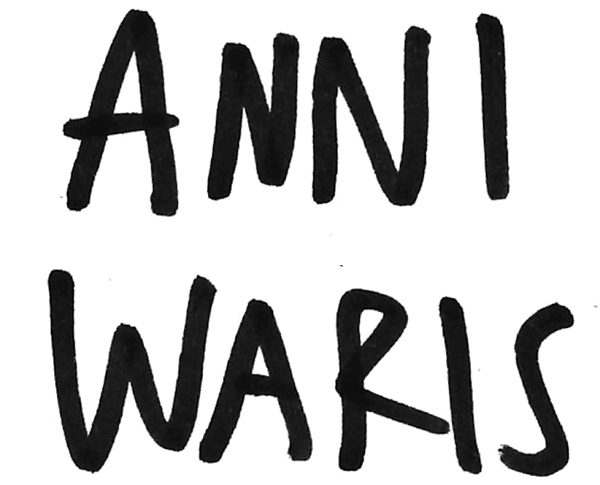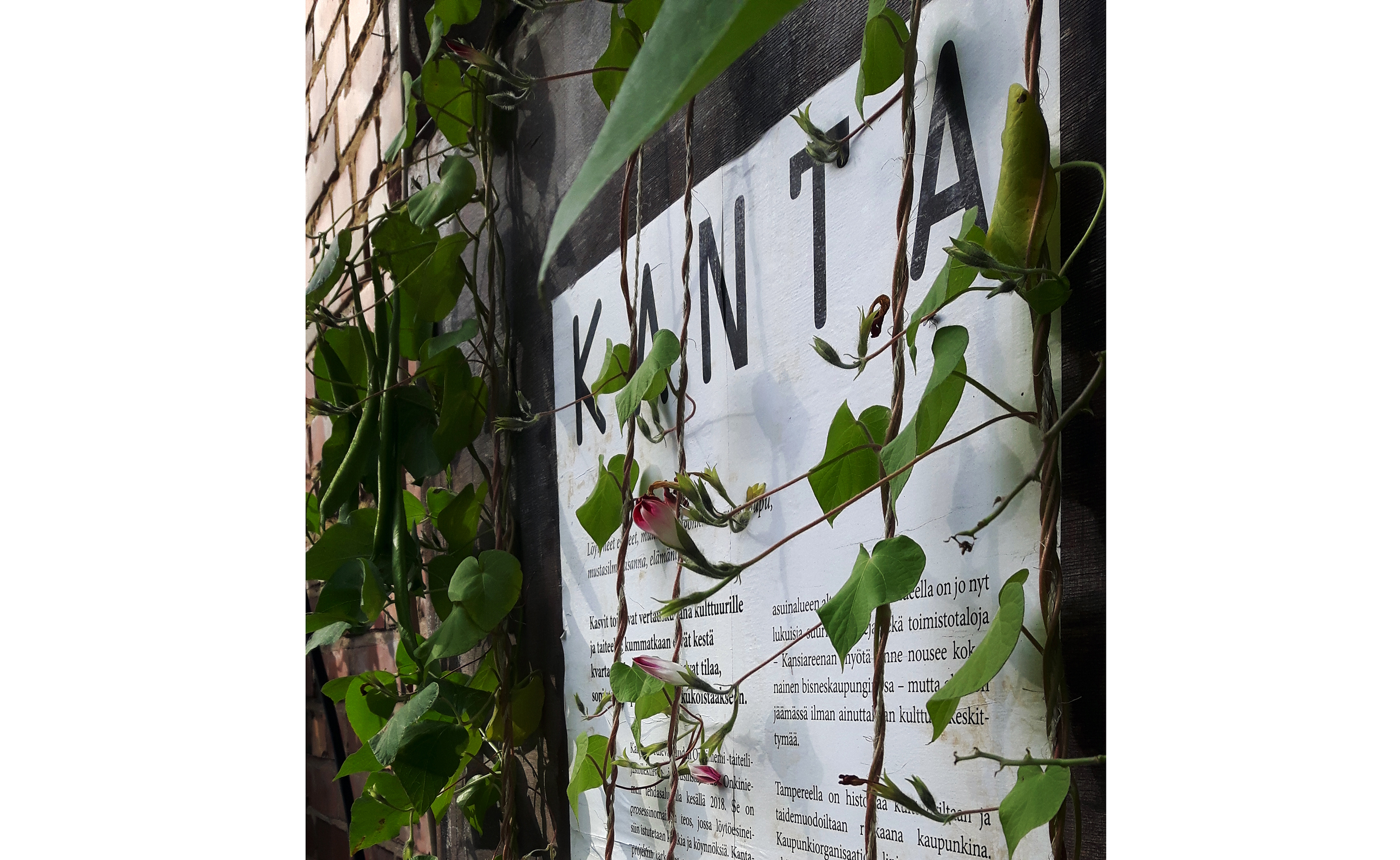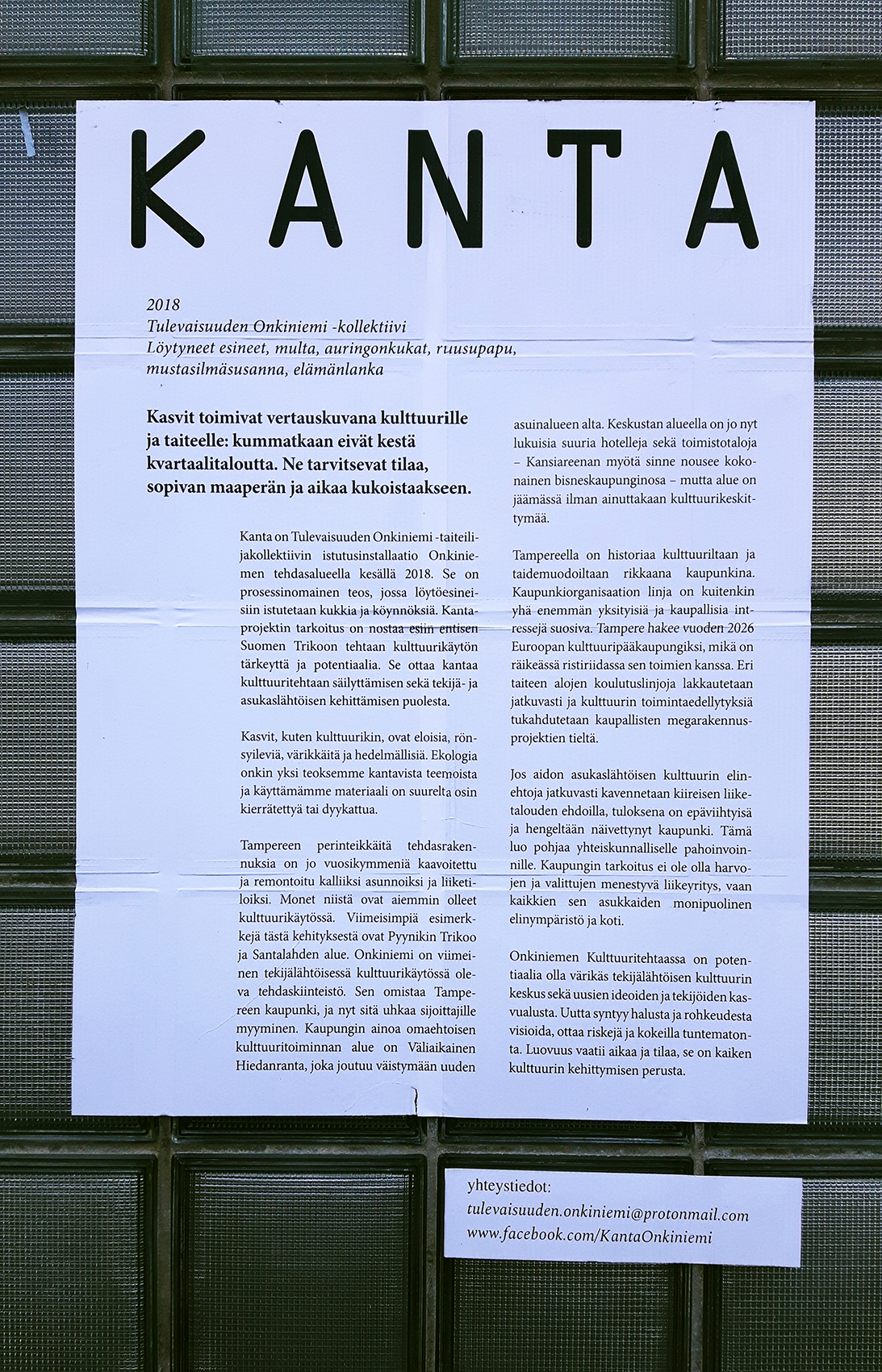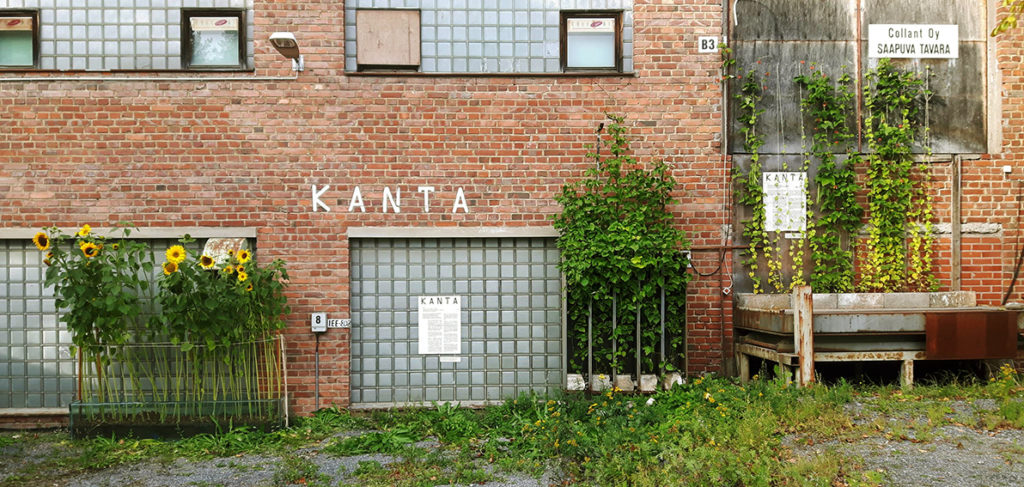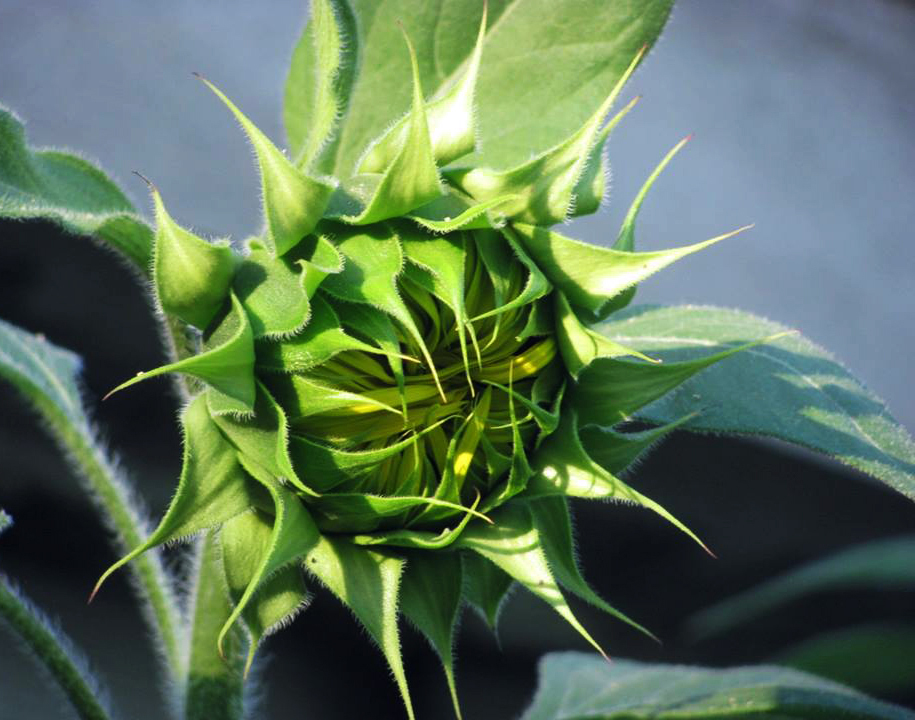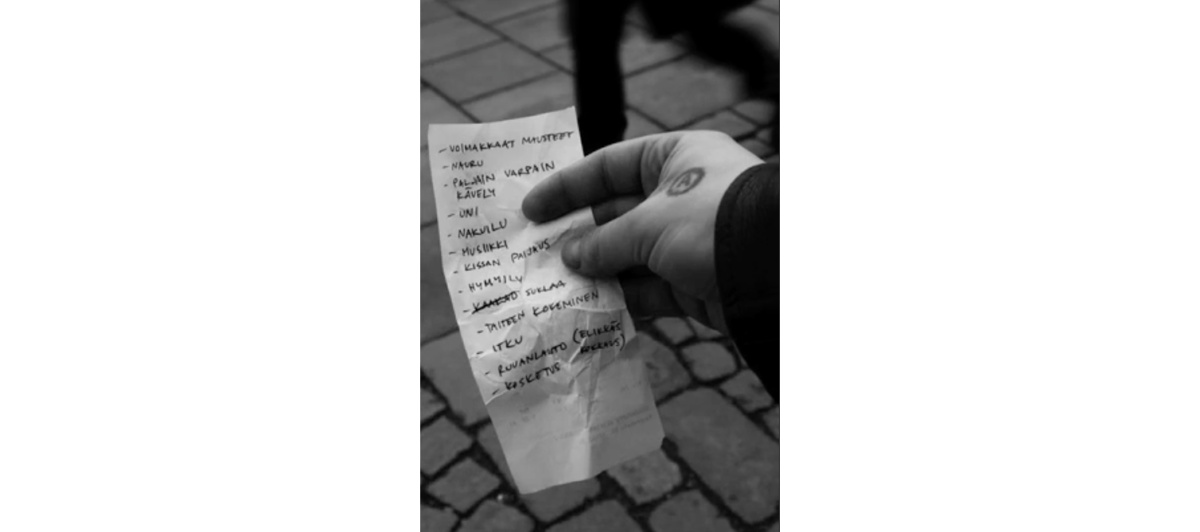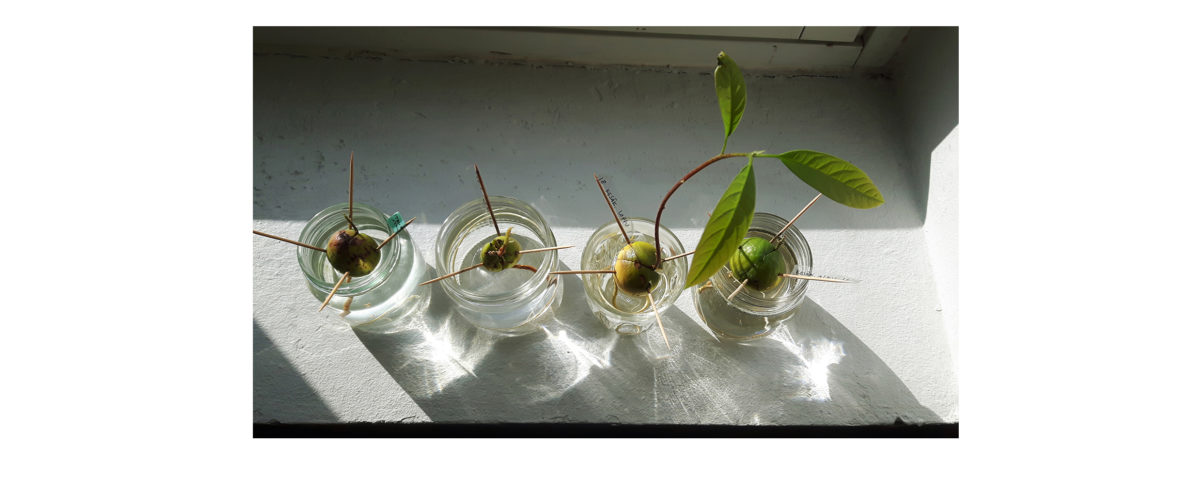KANTA
2018
Future Onkiniemi collective
Found objects, soil, sunflowers, runner bean, thunbergia alata, ipomoea
Plants serve as a symbol of culture and art: neither can be simply categorized at short term profits and losses. They need space, suitable ground and time to flourish.

Kanta is a plant installation in the Onkiniemi factory area made by Future Onkiniemi collective. It is a process-based project in which flowers and vines are planted in various found objects. The purpose of the project is to highlight the importance of the Suomen Trikoo factory area and its potential for cultural uses. It works towards the preservation of the cultural space and for the development of creator- and resident-oriented development.
Plants, like art and culture, are vivid, colorful and fertile. Ecology is one of the main themes of our work, and the materials we use are largely recycled or recovered from the trash.

Over the last few decades, traditional factory buildings in Tampere have been redesigned and converted into expensive apartments and for commercial spaces. Many of them had previously been in cultural use. The most recent examples of this development are Trikoo factory in Pyynikki and the Santalahti area. Onkiniemi is the last former factory building still in creator-oriented cultural use. It is owned by the City of Tampere and is now threatened by development by investors. The only zone for self-organized cultural activities in the city is Temporary Hiedanranta, which will be swept away by the new residential area. There are already a number of large hotels and office buildings in the center of the city – the new Kansiareena will build up a full business district – but it is being left without any areas for cultural use.
Tampere has a history as a city rich in culture and art. However, the city’s policies increasingly prefer more private and commercial interests. Tampere is applying to be the European Capital of Culture for 2026, which is in blatant contradiction of what is actually happening on the ground. Educational programs in different fields of art are constantly being shut down and cultural conditions are suppressed by commercial construction projects.
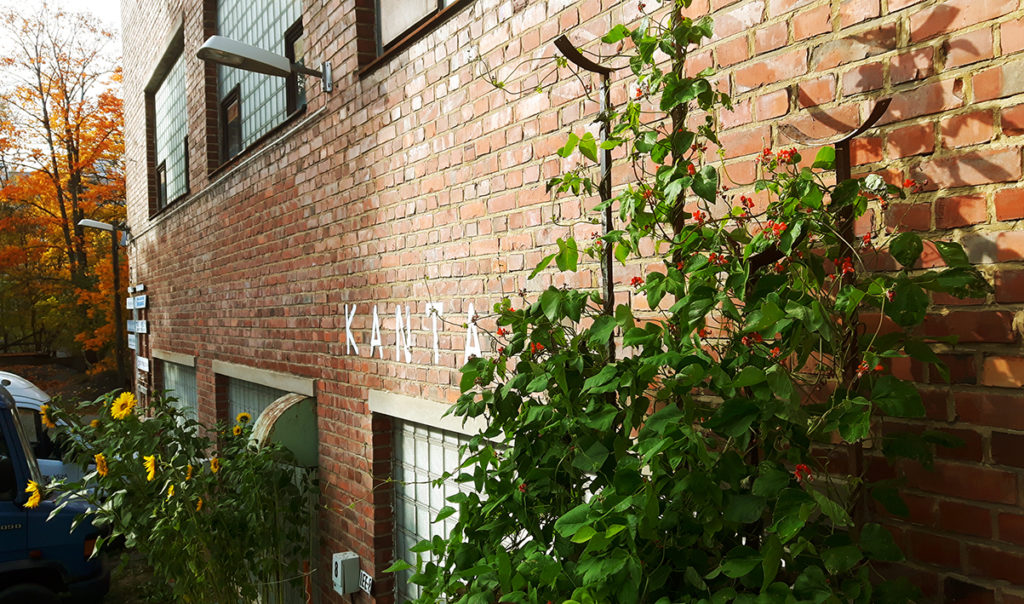
If the living conditions of a truly resident-based culture are constantly cut down in favor of a reckless business economy, the result is an unpleasant and dull city which creates the foundation for social distress. The purpose of the city is not to be a successful business for a few, but a diverse living environment and home for all.

The Onkiniemi Culture Factory has the potential to be a colorful center of creator-oriented culture and a platform for new ideas and artists. Everything new is created from the desire and courage to visualize, take risks and try out the unknown. Creativity takes time and space, it is the foundation of all culture’s development.
